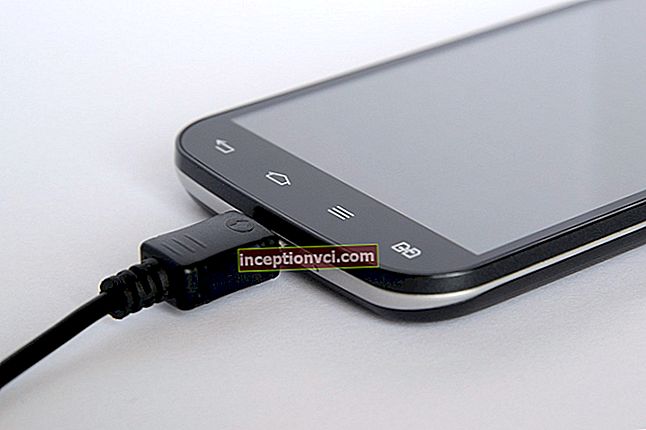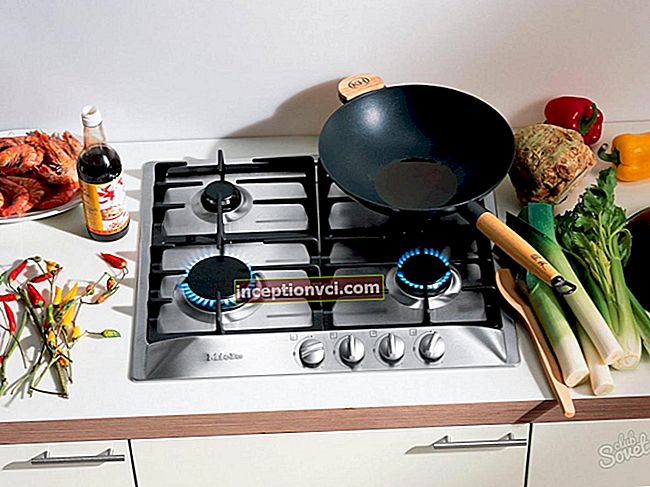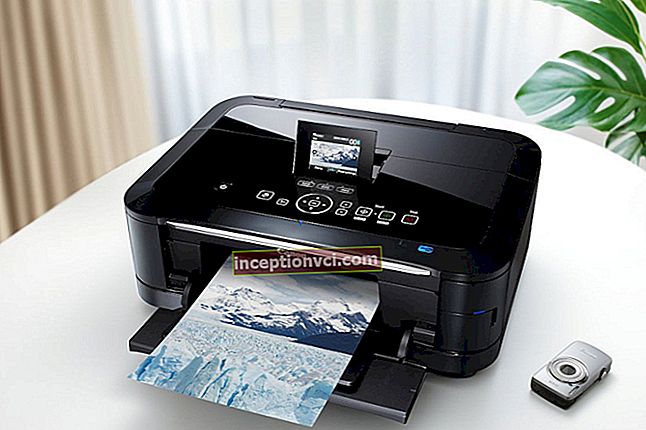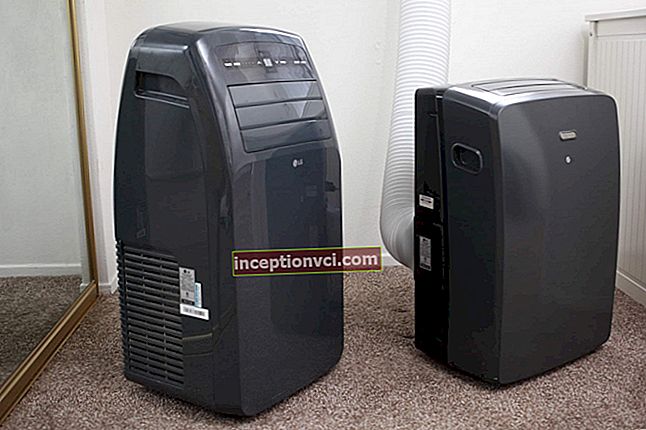Many users know that video adapters, like central processors, can be overclocked, but not everyone of them knows what exactly can be overclocked in these devices. To put it primitively, when overclocking the processor, you also overclock any component of the motherboard. Thus, the final maximum result depends on both the CPU instance and the motherboard instance. A video adapter is a kind of combination of the same central processor in the form of a graphics core and a motherboard in the form of a controller and memory chips. Thus, each user can overclock their video adapter:
- graphics core,
- video memory.
It is about overclocking these components on the AMD Radeon HD 6950 and HD 6970 models that will be discussed in this review. It should be understood that, in general, overclocking of other series of graphics adapters will not differ much from today's algorithm.
Why do video cards overclock?
We think this is the first question that most users ask, fearing to burn their video card during the manipulations. The reason for the possibility of further overclocking video adapters lies in the universal compatibility of different components of the system unit. That is, you can take your video card, transfer it and install it in another PC, while it ensures the stable operation of the components. To do this, the factory tests each product in several stages in extreme operating conditions. Those models that pass all tests completely end up on the shelves in stores, and those that did not pass cut in characteristics (as, for example, with AMD HD 6950 where operating frequencies were reduced) and also end up on the shelves, but at a lower price. ...
Such a primitive explanation allows us to conclude that the overall level of overclocking of the video adapter will depend not only on the specificity of the instance, but also on your power supply, central processor, motherboard, cooling organization, and so on. As a rule, the power supply and the organization of cooling in the system unit have the greatest influence.
In nature, there are less versatile devices, like netbooks and laptops, where components are selected even during the configuration stage. As a result, any unstable operation of one component leads to the complete inoperability of the whole system. Most often this can be seen with an aging power supply, which begins to produce a slightly lower voltage, which entails instability of each component of the system.
From all that has been written, we can conclude that any overclocking of a video adapter is the maximum implementation of all its reserve capabilities.

Radeon HD 6970 graphics
When should you overclock your graphics card?
This is the second question that users ask after purchasing a graphics adapter. Many people operate their video cards in nominal modes, convincing that its performance will be quite enough. Is this belief correct?
In our opinion, this is wrong. Overclocking the video adapter, as a rule, gives a performance increase of 5-25%. In rare cases, it turns out to achieve higher rates. Putting overclocking on the back burner while waiting to achieve a performance boost when your instance becomes obsolete, of course, you get nothing. The gain in overall performance from overclocking is not enough to run a new gaming application at maximum detail. But if you overclock the model you just purchased, it is quite possible that then you can safely set the maximum levels of picture detail in the game where you previously failed.
The technical point of overclocking is that from any "crooked" handles, the video adapter can burn out or stop working.

Radeon HD 6950 graphics
How does overclocking of a video adapter affect its lifespan?
Each overclocking shortens the device's lifespan It should be borne in mind that the components of modern graphics work without difficulty for a couple of decades. An example of this is the NVIDIA GeForce 2 video card and other "museum exhibits" that are often found either in schools, or somewhere in the garage or at the dacha of residents.
Overclocking components in a graphics card shortens their life by a couple of years and much depends on the type of overclocking. If, during overclocking, you simply increase the frequencies, then, usually, the life of the device remains the same. Any overclocking with increasing voltage on the components used will result in a substantial reduction in service life.
Hence, there is a simple conclusion that overclocking with the use of increasing the voltage on the components should be performed only after specifying all the safe limits of these voltages. If you work within these safe limits, the video card will last for many more years without a hint of problematic work.

Overclocking a modern video card can be done either through the BIOS, or through a driver, or through a separate software. Each method has its own nuances of use.
Overclocking via BIOS is convenient because you have overclocked frequency values every time you start the device. This method is very inconvenient for determining the maximum possible frequencies, since going beyond the stable operation of the video adapter unambiguously leads to the further impossibility of booting with this video card without replacing the BIOS firmware.
Overclocking via the driver is convenient in that it is very easy to reset after a reboot; the driver also offers an independent attempt to overclock the video card without interfering with the user process. Overclocking through the driver is not welcomed by most users, since, as a rule, it does not allow reaching the maximum values, not to mention the possibility of a softvolt mod.
The most popular method for overclocking graphics devices is using other software. The most popular utility now is MSI Afrerburner, which can be found on the manufacturer's website. This program is universal, with its help you can overclock both NVIDIA and AMD video cards. For overclocking representatives of the AMD family, the ATI Tray Tools utility can also be used, which is also a very good solution.

Immediately after starting this software, a window appears where the name of the video card, driver version, operating voltages, frequencies, fan speed and diagrams for monitoring the main parameters of the device's operation according to its sensors are indicated.

The program is equipped with an interface in various languages, there is support for the Russian language. There is also the ability to save a couple of overclocking profiles and organize their loading automatically when Windows starts.
Speaking about the specific overclocking capabilities of the AMD Radeon HD 6950 and HD 6970 models, it should be noted that at the time of this writing, there is no utility that would allow overclocking these graphics accelerators directly through the BIOS. In nature, there is only the RBE utility, which can change the set voltages of video cards.

Let's say right away, before you start actively dragging sliders in MSI Afterburner, you should familiarize yourself with exactly what features it is ready to provide. In most cases, if some setting is not available (for example, shader frequency control is not available for AMD video adapters), then its value will not be shown or it will be highlighted in different colors.
When talking about the series Radeon HD 6950 and HD 6970, remember that often their maximum overclocking can be limited. In the case of the HD 6950 reference type, the maximum frequencies are 840/1325 MHz, and in the HD 6970 - 950/1450 MHz.
Above such parameters, you will not be able to physically overclock your video card through AMD products, for example, through drivers.The maximum numbers are sewn into the BIOS of the video card by the manufacturer and are also certified with a digital signature; as a result, it will also not work to modify such parameters manually. As a result, it is simply necessary to use other software to circumvent.
If you are a fan of overclocking using official drivers from AMD, then you can do this by finding a special "patch" for the registry that disables control in the drivers. We find the most convenient way to continue working in MSI Afterburner. To do this, find a file called MSIAfterburner.cfg, then open it for further editing. A lot of editors will do, usually using a regular notepad.
Find the line:
EnableUnofficialOverclocking = 0
Change it from "0" to "1", that is, the line will look like:
EnableUnofficialOverclocking = 1.
After this process, you will unlock your way for maximum overclocking of the Radeon HD 6950/70 graphics cards.
During overclocking, it is worth remembering that at standard factory voltage, video cards can reach about 850 MHz in core for HD 6950 and 920 MHz for HD 6970.

To achieve higher frequencies, a softvoltmod should be produced. For reference design models, the MSI Afterburner utility mentioned above is completely suitable. It will also work 100% on MSI modified graphics cards. For modified video cards from other manufacturers, you must use the included software. For example, the picture shows the overclocking program that comes with all the modified models from Sapphire.

The maximum possible level of voltage increase must be specified individually. This is due to the fact that much of what depends on the efficiency of the cooling system used for the graphics adapter and its power components. As the voltage rises, there is an increase in heat generation and energy consumption, which requires you to organize good additional cooling or control the operating temperature of the product.

The next important point of overclocking is to check the reliability and stability of the video adapter under new conditions. If earlier it was enough to scroll the "hairy cube" from the ATI Tool 0.26 for a couple of hours, now it became known that it does not work exactly on Radeon HD 6970 models, so it cannot be used to test such devices.

The FurMark "donut" is very popular. The utility has two levels of the graphics accelerator testing process. One of them can determine the stability of devices at maximum operating temperatures. Continuous display of the operating temperature gives you the ability to monitor the data from the sensors and, if necessary, you can interrupt the test.

An excellent test for the video adapter will be 3Dmark06, in particular the Firefly Forest sub-test with the maximum detail applied. A couple of runs of this test will reveal most of the possible "overclocking".

Unigine Heaven 2.5 with Extreme mode can be used as a synthetic test.
In the process of testing the overclocked video card model, you can use both episodes of the 3Dmark11 utility, and passing games, and so on. We have listed the most popular applications that test the stability of a video card. The unstable operation of the device in computer games can be manifested by a simple "throwing out" or the appearance of various artifacts. All this can easily interrupt the game process at the most unnecessary moment, so there is no point in using an overclocked video card.
Outcomes
In conclusion of the review, I would like to note that all the modifications we have indicated are not a direct indication of action. All of the above facts are indicated taking into account the solely personal experience of the authors and are only a source of "thought". Information provided today may be used for your own personal use at your own risk.









